Take a Walk Through SpaceX's Crew Dragon Spaceship
SpaceX's Crew Dragon
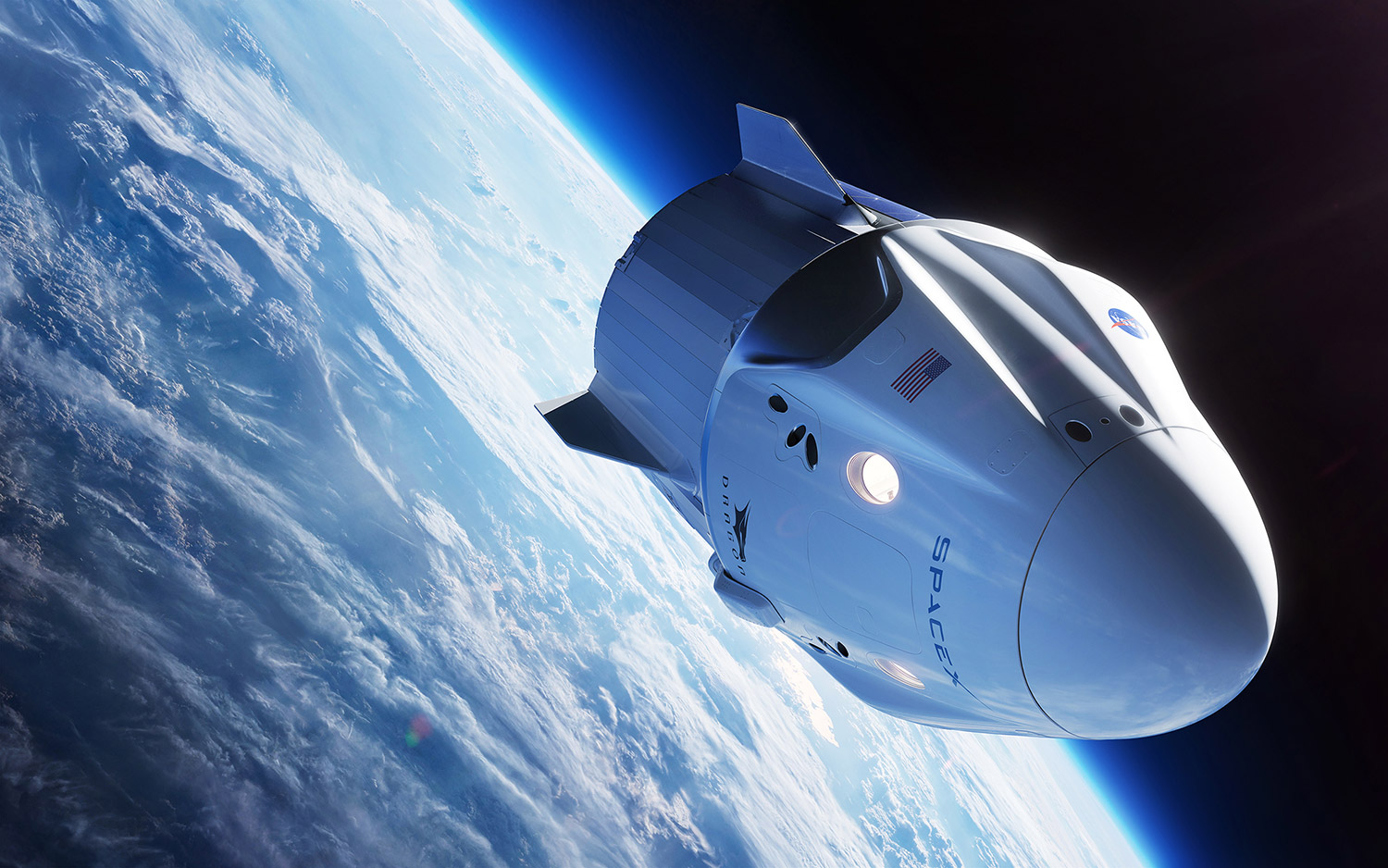
With its sleek design and growing reputation, anticipation for the first launch of SpaceX's Crew Dragon spaceship with astronauts on board continues to build. Crew Dragon is a passenger version of the company's robotic Dragon cargo ship, and SpaceX plans to use the craft to send astronauts to the International Space Station for NASA. Ultimately, the company hopes to use the craft to send humans to Mars.
The first crewed test launches for Crew Dragon and Boeing's CST-100 Starliner, are currently scheduled for 2019.
Let's take a tour of Crew Dragon and learn how it will fly astronauts to the space station.
An extended stay in space
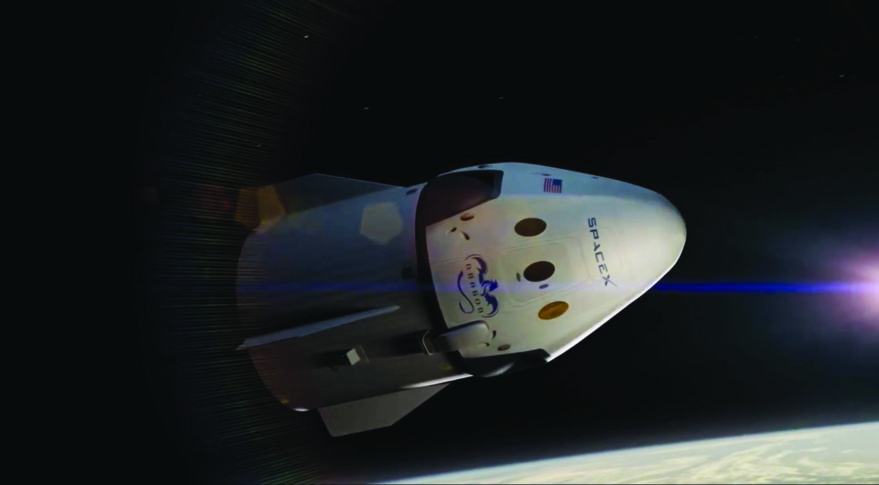
After Crew Dragon launches, it will carry its astronaut passengers to the International Space Station, though it is not yet certain when the first Crew Dragon test flight will take place or how long the mission will last.
How does Crew Dragon measure up?
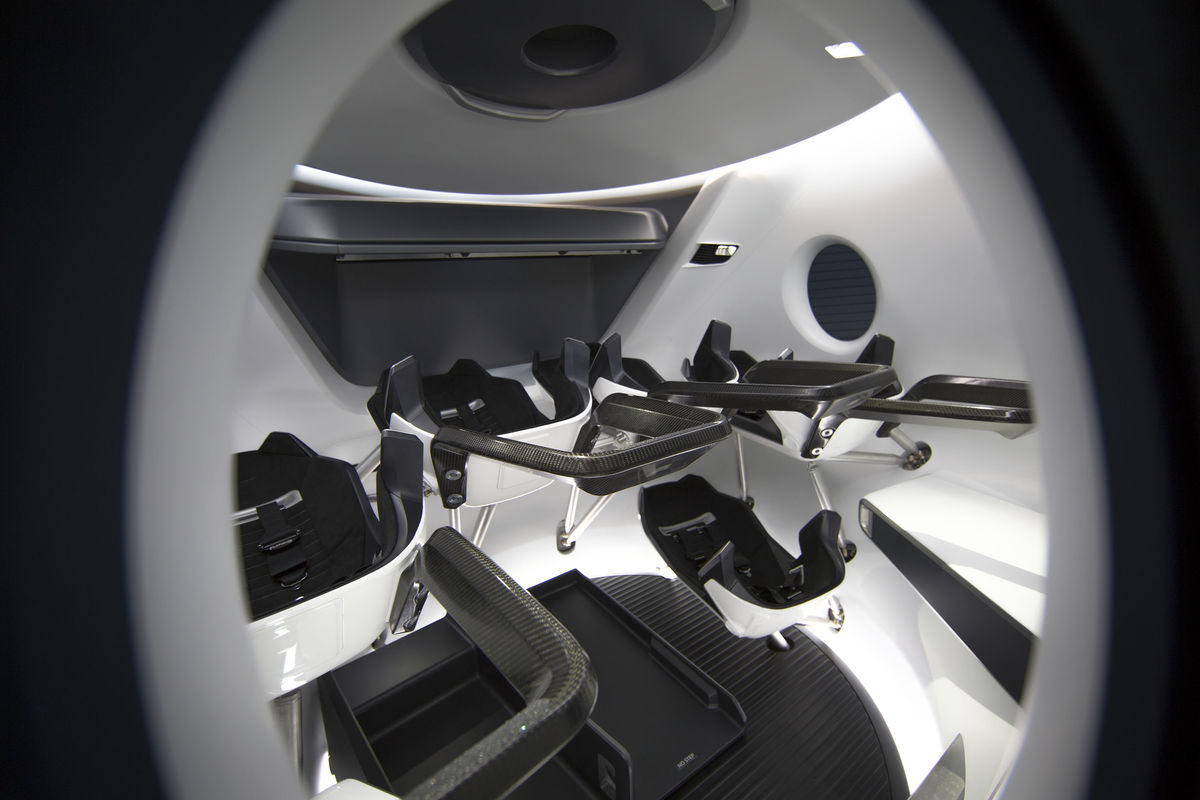
Crew Dragon, also known as Dragon 2, Dragon V2 and formerly DragonRider, seats seven people and is designed for trips to and from the International Space Station. This reusable space capsule is built to last for a total of 10 flights before it will need significant refurbishing.
The capsule stands at 27 feet (8.1 meters) tall. Crew Dragon has 16,000-lb. thrust SuperDraco rocket engines. [SpaceX's Dragon V2 Manned Spacecraft: How it Works (Infographic)]
Inside the Crew Dragon
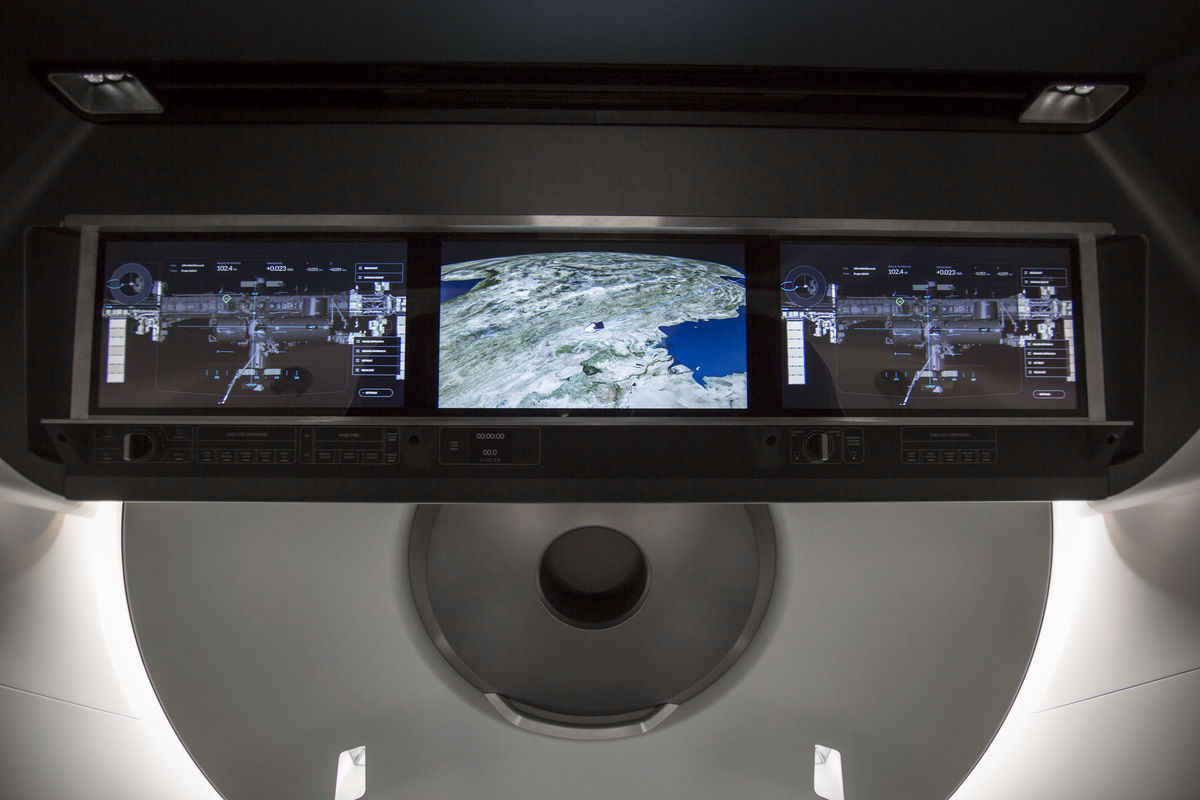
The interior of the Crew Dragon looks like it came straight out of a science-fiction film. The black-and-white ultramodern design of the capsule is visually stunning. Aside from its seven seats, which are made from carbon fiber and Alcantara cloth, the interior of the capsule has a number of key features.
SpaceX wants a voyage in Crew Dragon to be an enjoyable experience for its passengers. It has four windows and a sleek digital display that will show information ranging from where the craft is in space to information about the environment inside the capsule. Crewmembers can monitor the interior environment with an Environmental Control and Life Support System, and they can set the onboard temperature between 65 and 80 degrees Fahrenheit.
Launching the reusable capsule
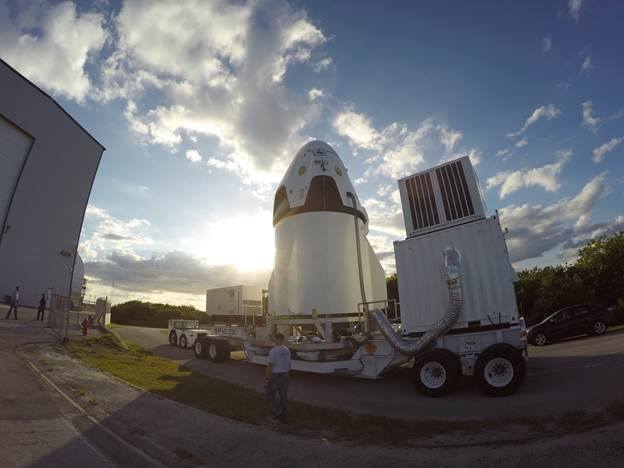
Crew Dragon will launch on SpaceX's Block 5 Falcon 9 rocket. This rocket debuted earlier this year in May. SpaceX intends for Falcon 9 to advance the reusability of its rockets.
The private space enterprise has also designed spacecraft to be fully autonomous, though astronauts on board will be able to monitor and control the craft using facilities on board the Crew Dragon.
The first commercial crew
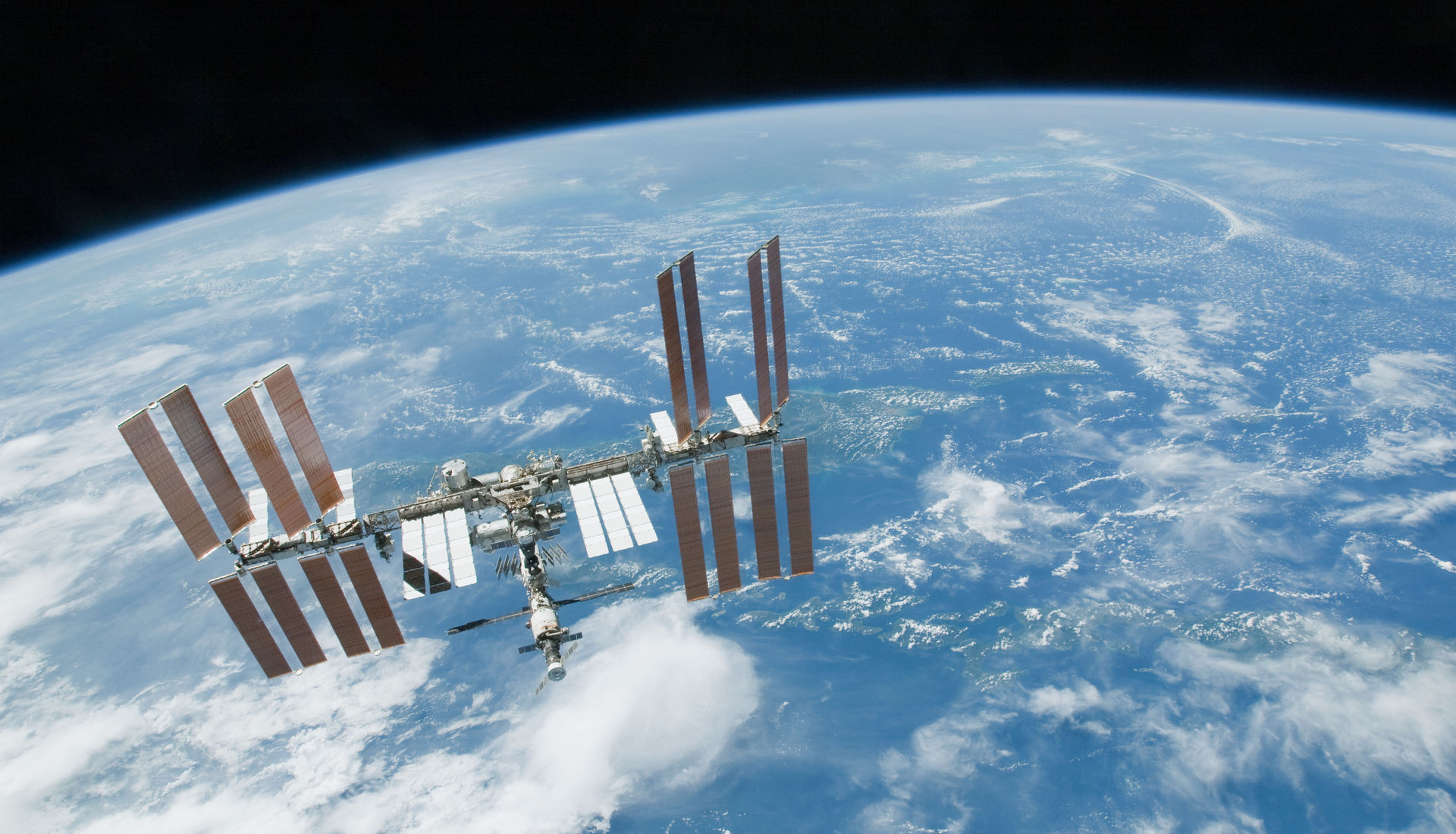
Crew Dragon will be SpaceX's entry into crewed spaceflight. SpaceX developed Crew Dragon in partnership with NASA’s Commercial Crew Program. In 2015, NASA selected SpaceX to pursue crewed commercial flight to and from the International Space Station. This was the agency's first mission order for SpaceX to launch astronauts from the United States.
While experts expect Crew Dragon's first crewed test flight to be significantly delayed, the timing of the first crewed launch will be informed by the first crewless test flights for the spacecraft, along with similar tests for Boeing's Starliner spacecraft.
Landing the Dragon
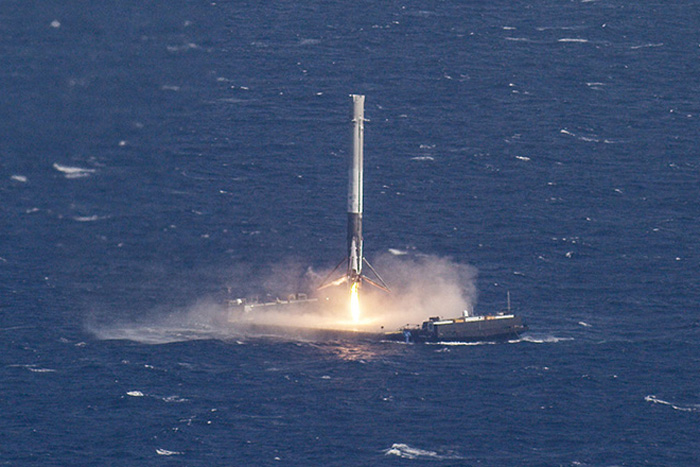
SpaceX's Crew Dragon will complete an ocean landing, or splashdown, for ocean retrieval of the crew. The company is looking to have the spacecraft splash down in either the Atlantic or Pacific Ocean and is seeking permission to use the Gulf of Mexico as a backup option. Crew Dragon's design previously had four legs to assist in landing, but those were later removed.
The Falcon 9 booster will make an ocean-platform landing. Previously, the Falcon 9 first stage has landed on SpaceX's drone ship named "Of Course I Still Love You."
How the crew will escape
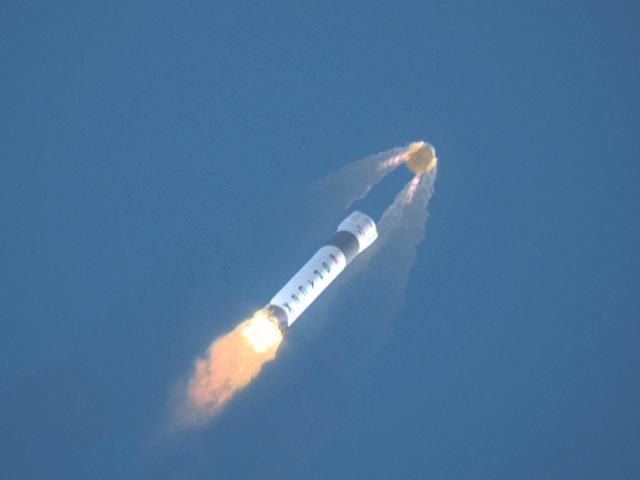
In order to protect the astronauts on board Crew Dragon, the craft has a launch abort system (also known as a launch escape system). With this system, the craft and crew can quickly get away from the rocket in case it fails.
For those picturing a "Speed Racer" style of ejector seat, prepare for a disappointment: Instead of individual crewmembers escaping one by one, the entire spacecraft would be ejected away from the launch vehicle if there's trouble. SpaceX's launch abort system is unique because it is integrated into the Crew Dragon capsule itself. This means that the crew will be able to eject Crew Dragon away from the rocket anytime between launch and when the capsule is in orbit.
The Dragon's parachutes

Crew Dragon has four main parachutes for the capsule's ocean landing. It also has a series of drogue parachutes — small parachutes that can act as "brakes" — to slow it down before the four main parachutes open.
This summer, a Crew Dragon capsule passed SpaceX's 16th mock abort parachute test with flying colors. The ambitious company still has many hurdles to overcome, however, before Crew Dragon is prepared to launch with human passengers on board.
Spacesuits on Crew Dragon
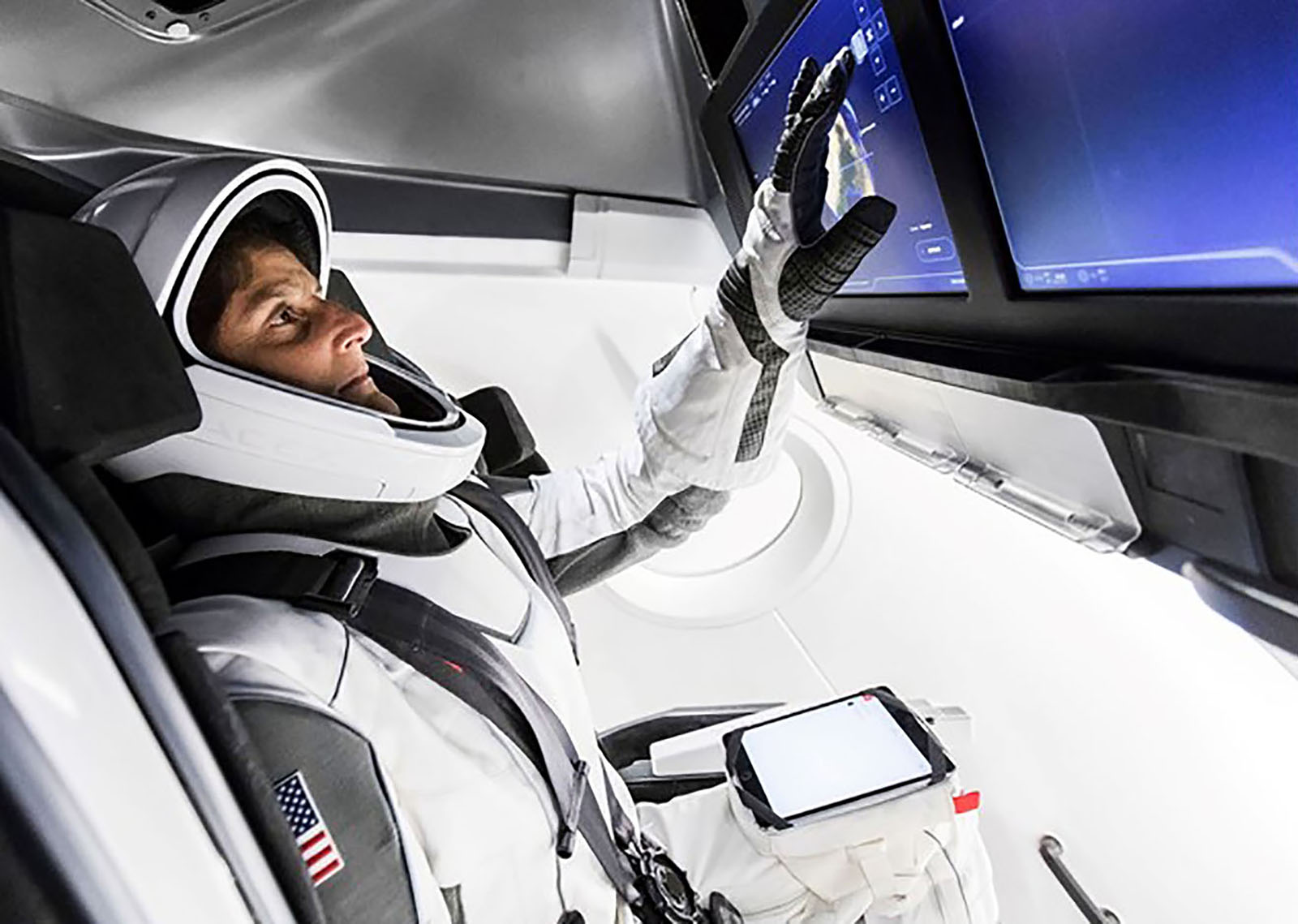
Last September, Elon Musk posted a photo to Instagram of what looked like a futuristic, spacesuit-wearing person standing in front of Crew Dragon. This turned out to be SpaceX's latest and greatest spacesuit to date.
The sleek black-and-white suit aligns perfectly with the interior design of Crew Dragon. The suit shares the same ultramodern, sci-fi-esque look. It is far thinner than the big, bulky suits used for spacewalks, but those are already stowed aboard the space station.
Email Chelsea Gohd at cgohd@space.com or follow her @chelsea_gohd. Follow us @Spacedotcom, Facebook and Google+.
Join our Space Forums to keep talking space on the latest missions, night sky and more! And if you have a news tip, correction or comment, let us know at: community@space.com.
Get the Space.com Newsletter
Breaking space news, the latest updates on rocket launches, skywatching events and more!

Chelsea “Foxanne” Gohd joined Space.com in 2018 and is now a Senior Writer, writing about everything from climate change to planetary science and human spaceflight in both articles and on-camera in videos. With a degree in Public Health and biological sciences, Chelsea has written and worked for institutions including the American Museum of Natural History, Scientific American, Discover Magazine Blog, Astronomy Magazine and Live Science. When not writing, editing or filming something space-y, Chelsea "Foxanne" Gohd is writing music and performing as Foxanne, even launching a song to space in 2021 with Inspiration4. You can follow her on Twitter @chelsea_gohd and @foxannemusic.
